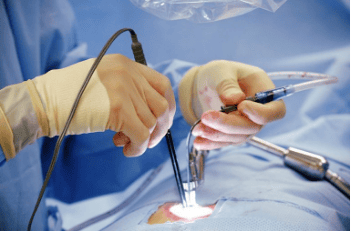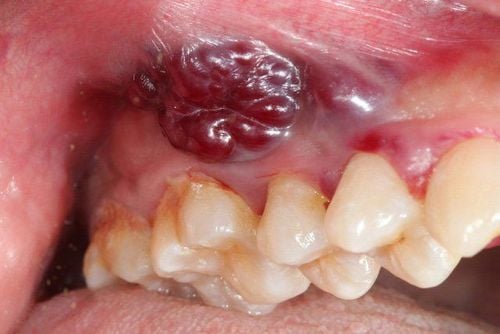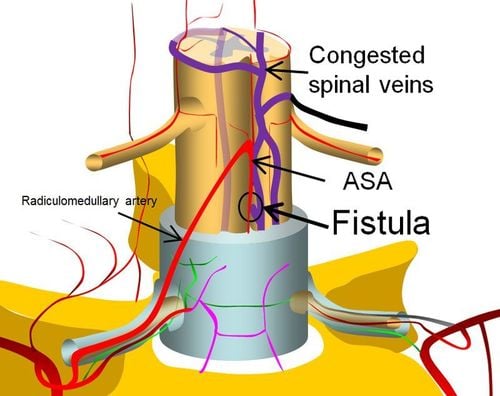This is an automatically translated article.
Extracranial vascular malformations are congenital abnormalities of blood vessels below the scalp, outside the skull. The most dangerous complications that extracranial vascular malformations cause are cerebral bleeding and seizures.
1. What is extracranial cerebral vascular malformation?
Extracranial cerebral vascular malformations appear as tufts, cysts, and clusters in blood vessels under the scalp, outside the skull. These are congenital abnormalities that appear due to the abnormal development of the vascular system.
Cerebral hemorrhage and seizures are two common symptoms of extracranial cerebral vascular malformations.
2. Extracranial vascular malformation surgery
Currently, to treat this vascular malformation, people can use up to 4 methods: surgery, radiosurgery, embolization and conservative treatment.
With the appearance of microsurgery glasses, the surgical method shows its superiority.
Surgery is only performed in the case of cerebral vascular malformations that deform the skull, and the intracranial cavity is invaded. Not only affecting long-term health, these deformities also cause loss of aesthetics and function of the scalp.

Có nhiều phương pháp hiện đại để điều trị dị dạng mạch máu
Like other surgeries, vascular malformation surgery can have complications such as: Infection, bleeding.... Therefore, before performing surgery, patients need to consult carefully. Be careful with your doctor's opinion.
3. Surgical procedure for extracranial vascular malformations
Step 1: Preparation
Preparation before surgery is extremely important, it evaluates the success or failure of the surgery. Surgery for extracranial vascular malformations requires: 2 doctors (one main surgeon and one assistant surgeon); 2 nurses. In addition, the surgery requires an anesthesiologist and an anesthesiologist. About surgical instruments: Requires preparation of endotracheal anesthesia equipment, craniotomy instruments; Microsurgical glasses; Consumables such as: gauze, cotton skull; The closed drainage set is placed under the skin Before surgery, to ensure safety and avoid infection, the patient is shaved clean, disinfected the surgical area. The surgery can take place within 4-5 hours Step 2: Carry out surgery
The patient is placed in a suitable position to proceed with the removal of the malformation. After endotracheal anesthesia, the doctor made a skin incision, peeled the skin to reveal the malformation. After obtaining the deformed block. The doctor uses a bipolar burning knife to hold. Finally reshape the skull and scalp Step 3: The doctor closes the incision. The surgery is over.

Quy trình phẫu thuật dị dạng mạch máu ngoài sọ não
4. Follow-up after surgery
After surgery, the patient is closely monitored in the recovery room, continuously monitoring blood pressure, temperature, .... The patient is mechanically ventilated and sedated. To avoid complications, patients need to be monitored for bleeding.
When an accident occurs, the patient should be treated immediately.
Bleeding: repeat surgery to remove hematoma, find source of bleeding and stop bleeding to regenerate the scalp. Vinmec International General Hospital with a system of modern facilities, medical equipment and a team of experts and doctors with many years of experience in neurological examination and treatment, patients can completely rest in peace. Center for examination and treatment of extracranial vascular malformations at the Hospital.
To register for examination and treatment at Vinmec International General Hospital, please book an appointment on the website for service.
Please dial HOTLINE for more information or register for an appointment HERE. Download MyVinmec app to make appointments faster and to manage your bookings easily.













